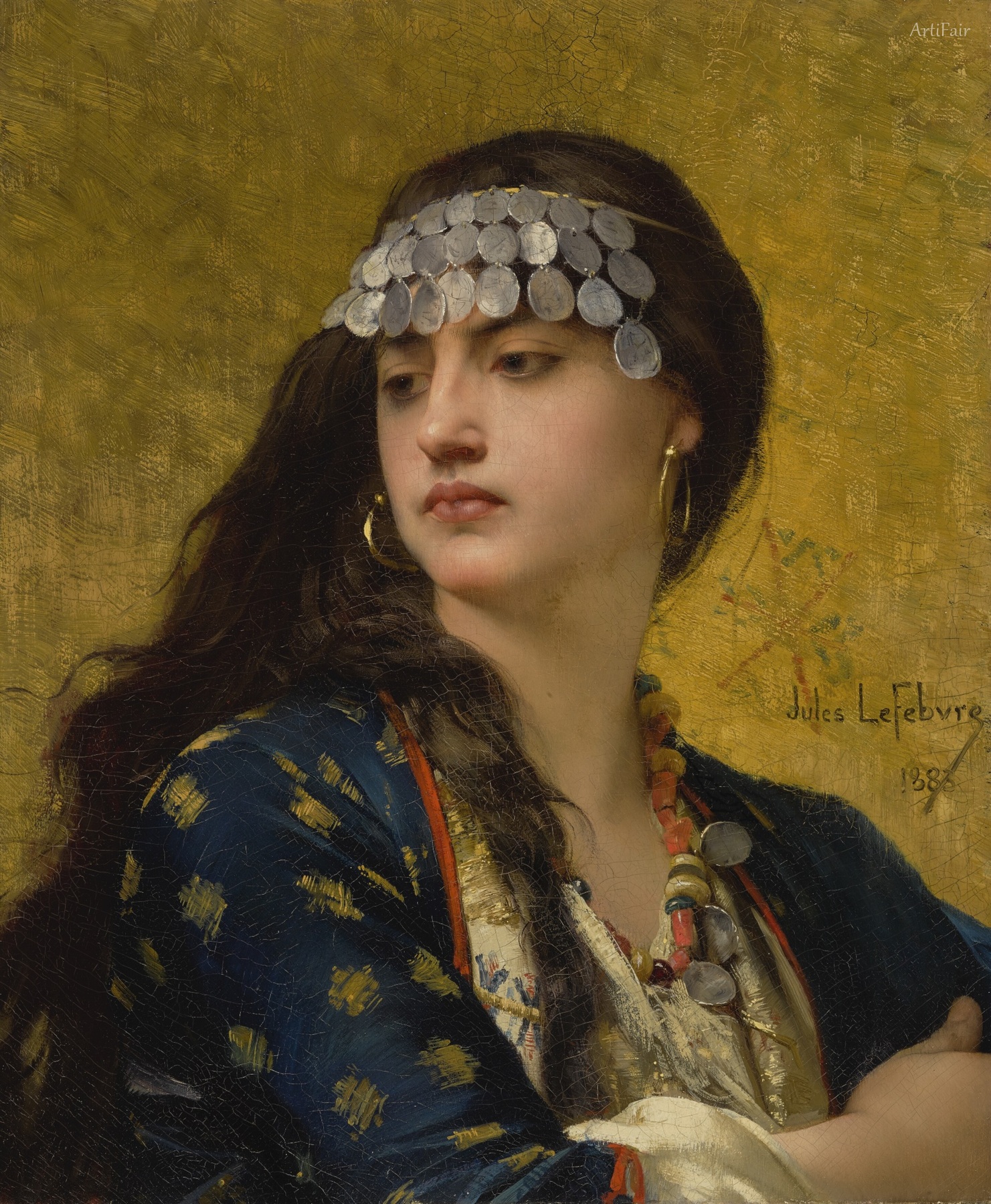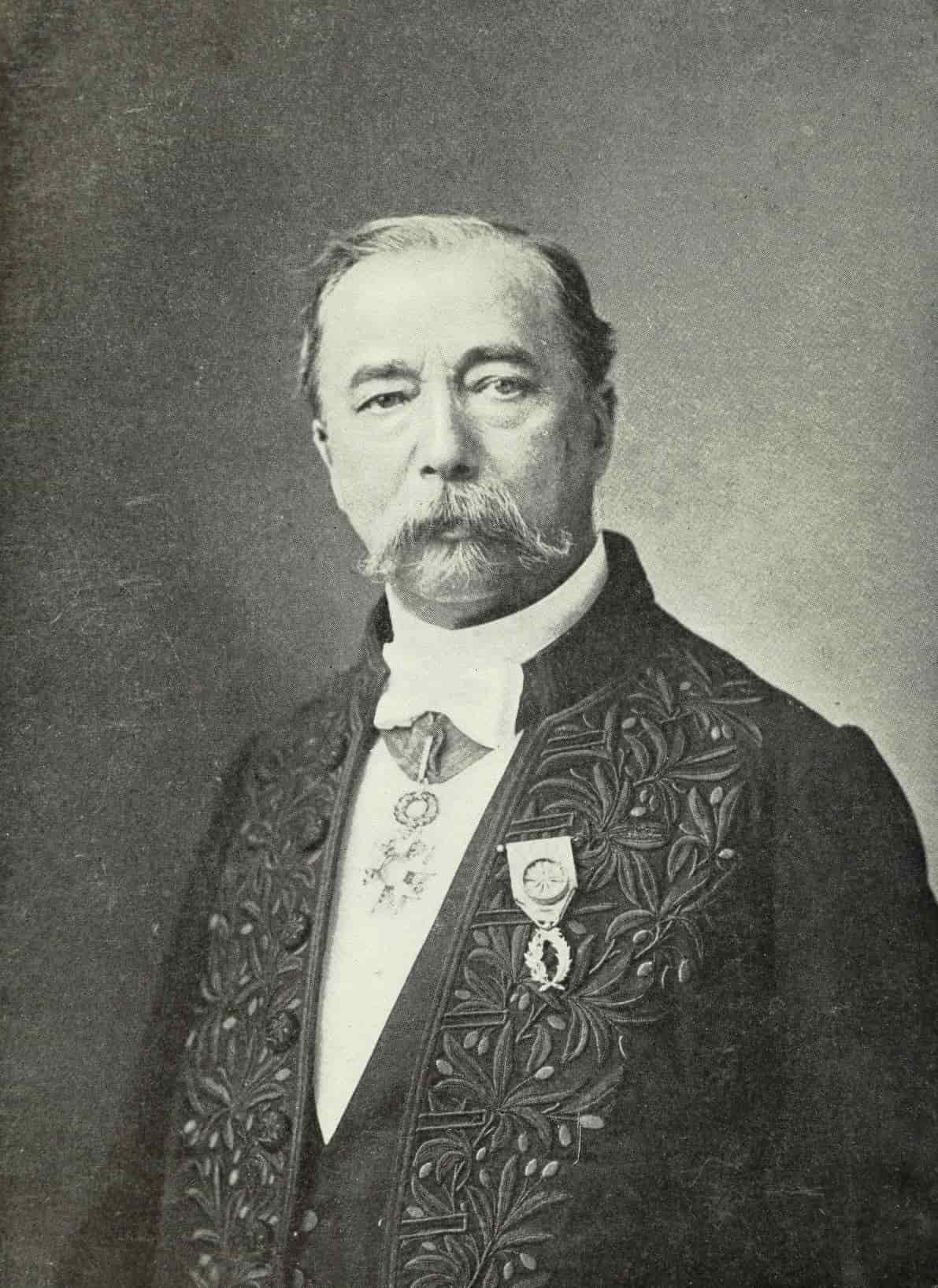

Jules Joseph Lefebvre
FR
28
Artworks
1836 - 1911
Lifespan
Artist Biography
Jules Joseph Lefebvre (1836–1911) was a French academic painter, renowned for his masterful portraits and idealized female nudes, which defined the aesthetic standards of the late 19th-century Paris Salon. Born in Tournan-en-Brie, he spent his formative years in Amiens, where his father, a baker, recognized and supported his prodigious artistic talent. This support led to a fellowship that enabled Lefebvre to move to Paris in 1852. There, he entered the prestigious École des Beaux-Arts and studied under the neoclassicist Léon Cogniet. His formal training under Cogniet instilled in him a profound respect for classical composition and precise draughtsmanship, skills that would become the bedrock of his career. He made his Salon debut in 1855, signaling the arrival of a significant new talent in the Parisian art world.
A pivotal moment in Lefebvre's early career was winning the coveted Prix de Rome in 1861 with his historical painting, *The Death of Priam*. This prestigious award funded a five-year residency at the French Academy in Rome, located at the Villa Medici. This period was transformative; he immersed himself in the study of Roman antiquities and the works of Renaissance masters, particularly Andrea del Sarto. It was in Italy that he honed his focus on the female nude, a genre in which he would achieve his greatest fame. His time in Rome was also marked by the formation of lifelong friendships with fellow artists such as Léon Bonnat and Carolus-Duran. However, this period of artistic growth was overshadowed by personal tragedy, as the deaths of his parents and a sister plunged him into a severe depression.
Returning to Paris around 1867, Lefebvre channeled his grief into a renewed artistic determination. His comeback was swift and triumphant. His 1868 Salon entry, *Reclining Nude*, garnered critical praise, but it was his 1870 masterpiece, *La Vérité* (Truth), that catapulted him to stardom. The painting, depicting a nude woman holding a shining orb aloft, was an allegorical triumph that captivated both critics and the public. The work earned him the Legion of Honor the same year and solidified his reputation as a leading figure in academic art. This success cemented his direction, and he continued to produce celebrated mythological and allegorical nudes, including *Mary Magdalene* (1876), *Pandora* (1877), and *Diana Surprised* (1879).
Lefebvre's artistic style was characterized by a synthesis of technical perfection and idealized beauty. He was often compared to his contemporary, William-Adolphe Bouguereau, but distinguished himself by using a wider variety of models, lending a subtle diversity to his figures. While his nudes were sensual, they remained within the bounds of academic propriety, depicting passive, idealized figures from mythology or allegory, thereby avoiding the controversy that surrounded the realist nudes of painters like Manet. Alongside his mythological scenes, Lefebvre was a prolific and highly sought-after portraitist. Over his career, he exhibited 72 portraits at the Salon, providing him with a consistent source of income and a clientele of wealthy bourgeois patrons and celebrities.
Beyond his own canvases, Lefebvre made a lasting impact as an influential educator. Beginning in 1870, he became a professor at the Académie Julian, a progressive private art school notable for admitting women and international students long before the official École des Beaux-Arts. He was known as a sympathetic and dedicated mentor to over 1500 pupils, including future luminaries like Fernand Khnopff, Félix Vallotton, and the American Impressionist Edmund C. Tarbell. He tirelessly emphasized the foundational importance of drawing from the live model, a principle central to his own practice and the academic tradition.
Lefebvre’s career was decorated with numerous accolades. He won a First-Class medal at the Salon of 1878, the Medal of Honor in 1886, and the Grand Prix at the 1889 Exposition Universelle. In 1891, he was appointed to the esteemed Institut de France, and his career culminated in 1898 when he was promoted to Commandeur of the Legion of Honor. Jules Lefebvre died in Paris in 1911 and was interred in the Montmartre Cemetery. His grave is fittingly adorned with a bas-relief of *La Vérité*, a lasting symbol of the artistic ideals to which he dedicated his life.